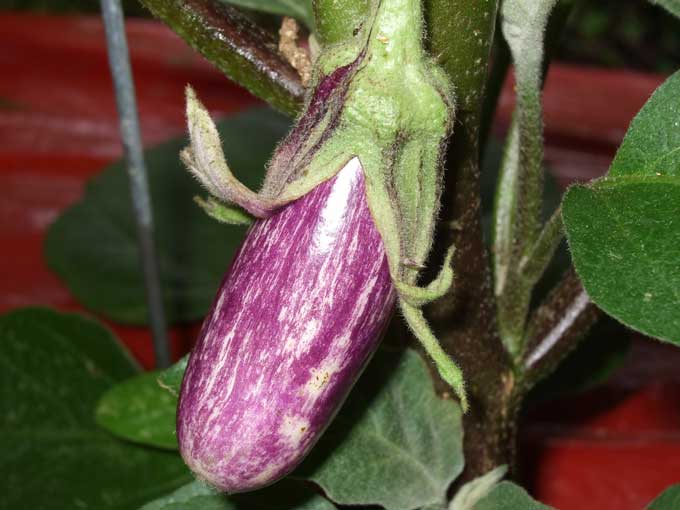 Hama
Hama in Eggplant
1. Leaf beetles (Epilachna spp.)
Symptoms of the attack with bite marks on the lower leaf surface
If severe attacks can damage all living leaf tissue and leaf bones
Control mode; collect and destroy the beetles, set the time of planting, prevented by PESTONA or pentane + AERO 810 every 1-2 weeks.
2. Leaf louse (Aphis spp.)
Attack by sucking the cell fluid, especially on the shoots or young leaves
Leaves not normal, wrinkled or curly or roll
As an intermediary vector or virus
Control mode, set the time of planting and crop rotation, preventing spray pentane + BVR AERO 810 or once every 1-2 weeks.
3.Tungau (Tetranynichus spp.)
Onslaught of the dry season.
Attacking with the liquid sucking plant cells, causing symptoms of red spots to brown or black on the upper leaf surface or the bottom.
Same way as in want to control aphids Dalian.
4. Caterpillars Land (Agrotis ipsilon Hufn.)
Are polyphagous, dusk or night active
Attack the growing point by cutting the young plants, so limp and collapsed
Control mode; collect and destroy the caterpillars, flush or spray PESTONA prevention or pentane + AERO 810.
5.(Spodoptera litura, F.)
Are polyphagous.
Attack by destroying (eating) until the leaves with holes.
Control mode, set the time of planting and crop rotation, with Natural Spray VITURA.
6.(Helicoverpa armigera Hubn.)
Are polyphagous, attacking fruit by biting and holes, so the form of fruit is not normal, and susceptible to fruit rot diseases.
Control mode; collect and destroy infected fruit, do crop rotation and planting time field sanitation, preventive spray PESTONA or pentane + AERO 810 once every 1-2 weeks
















